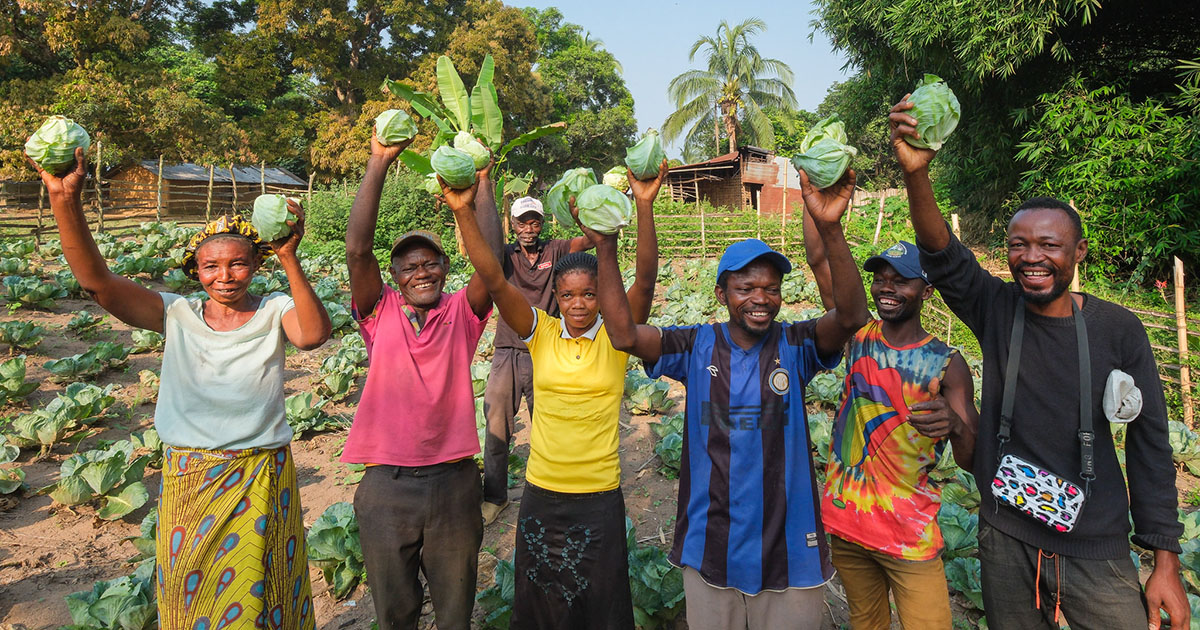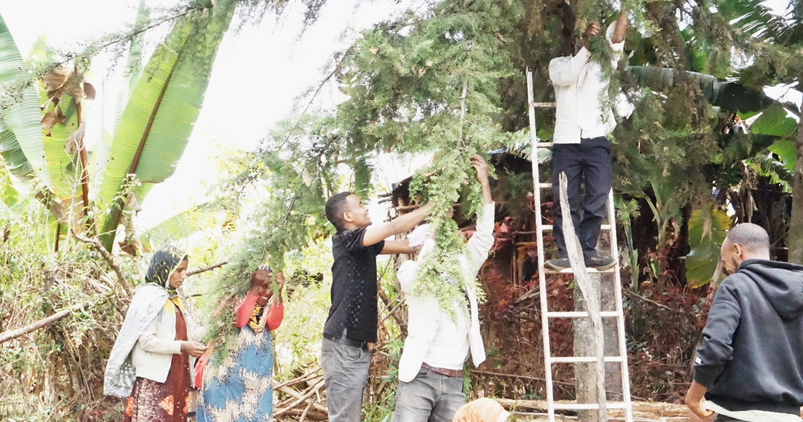DOI:
https://doi.org/10.1002/pan3.10374Dimensions Citation Count:
Publication year
2022
Authors
Rigal, C.; Wagner, S.; Nguyen, M. P.; Jassogne, L.; Vaast, P.
Language
English
Keywords
tree species, agroforestry systems, methodology, farming systems, indigenous knowledge, ecosystem services
Geographic
Ghana, Uganda, China, Tanzania, Nicaragua, Viet Nam, Lao People's Democratic Republic






















